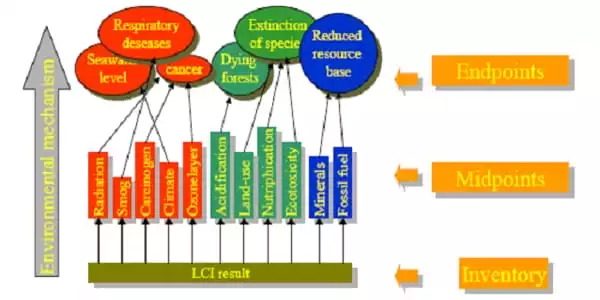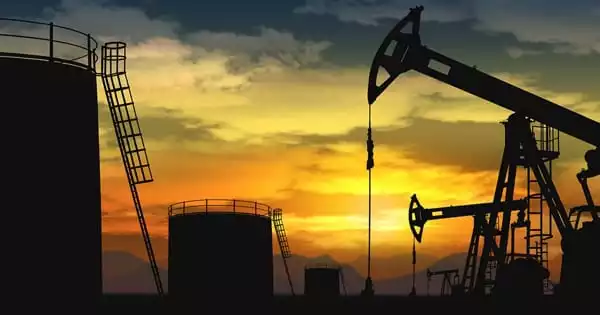The Life Cycle Assessment (LCA) method evaluates the interactions that a product or service has with the environment over its entire life cycle, which includes preproduction (raw material extraction and production), production, distribution, use (including reuse and maintenance), recycling, and final disposal. As a result, the LCA’s aims are to analyze the consequences of interactions between a product and the environment, and hence the environmental impacts generated directly or indirectly by the usage of a certain product.
A new study takes a closer look at the relationship between declining oil demand and a robust, diverse oil market – as well as the carbon footprint associated with both. Predicting the behavior of any market is difficult. Energy markets are changing very swiftly, as evidenced by the oil business. With declining demand during the COVID-19 epidemic and the rise of electric vehicles, the market has been thrown into a loop, and it is unlikely to be the last.
Reduced reliance on oil for fuel will eventually reduce the amount of carbon released into the environment throughout the fuel’s lifecycle, from extraction and refining to combustion when it is used by consumers. However, the magnitude of that influence varies depending on market parameters that have not yet been completely modeled.
There’s an expectation that when demand falls, oil producers on the fringes will be forced out of business. Everyone is aware of these market systems, but by considering them, we can see how crucial they are in a global economy. The way the structures play out influences the types of oil fields that will be on the periphery and trying to remain afloat.
Mohammad Masnadi
New research led by Mohammad Masnadi, assistant professor of chemical and petroleum engineering at the University of Pittsburgh Swanson School of Engineering, takes a closer look at the relationship between declining oil demand and a resilient, diverse oil market—and the carbon footprint associated with both. Nature published the research.
“Previous models evaluated oil producers’ carbon footprint as though all barrels of oil were precisely the same,” Masnadi explained. “However, with novel extraction technology, there is a huge lot of diversity in the global oil supply.” “It’s complicated and nonlinear. That is taken into account in our model.”
The researchers integrate econometric models of the production profitability of 1,933 global oilfields (representing around 90% of the world’s supply in 2015) with their production carbon intensity, a measure of the amount of carbon emissions per unit of energy (or barrel of oil) produced, in their study.

They then examined the oilfields’ responses to a drop in demand under three market structures: the first assumes perfect competition among producers, the second assumes an oligopoly with several major players driving the most impact, and the third describes a cartel structure that assumes an international entity like OPEC will adjust production to influence oil prices and maximize profits.
Taking these considerations into account, the model predicts that tiny demand shocks will have different carbon intensity implications than big shocks, but this relationship may be confusing. Regardless of market structure, modest shocks are expected to displace predominantly heavy crudes, which have a carbon intensity that is 25 to 54 percent greater than the global average, lowering overall carbon emissions linked with oil. However, if the shocks become larger, the imbalance reduces, provided that the market system permits producers with market power to coordinate their reaction to falling demand by cutting production to retain profits.
The model reveals a crucial concern for government agencies as they develop policies to address climate change: To minimize carbon emissions by reducing demand for oil, governments must consider the global oil market’s structure.
“There’s an expectation that when demand falls, oil producers on the fringes will be forced out of business,” Masnadi explained. “Everyone is aware of these market systems, but by considering them, we can see how crucial they are in a global economy. The way the structures play out influences the types of oil fields that will be on the periphery and trying to remain afloat. Even if alternative fuels become more prevalent, we may not see many of the predicted players go out of business; based on the market structure and their financial status, many will be resilient enough to adjust their costs and continue producing.”
Masnadi worked primarily with economists, engineers, environmental scientists, statisticians, and policy specialists from Stanford University and Ca’ Foscari University in Venice, Italy on this project. The team was able to develop a realistic model of the effects of changing demand for a fuel that is on the verge of becoming obsolete.
















